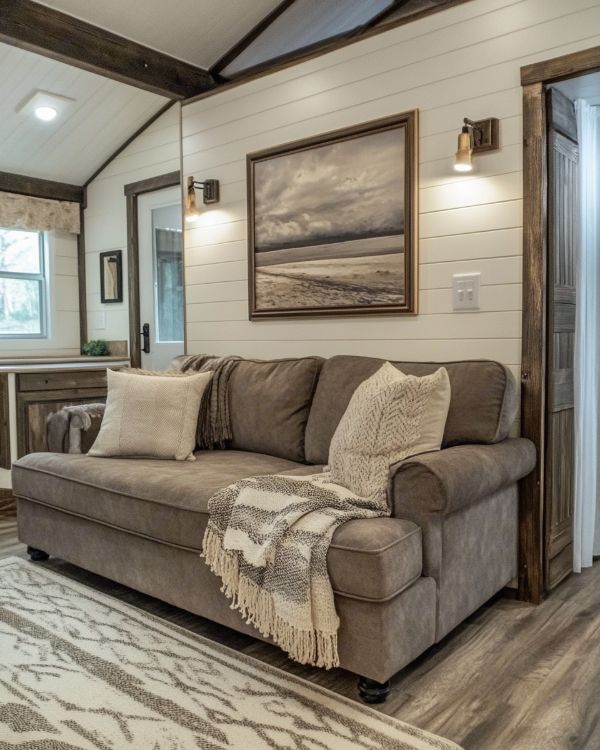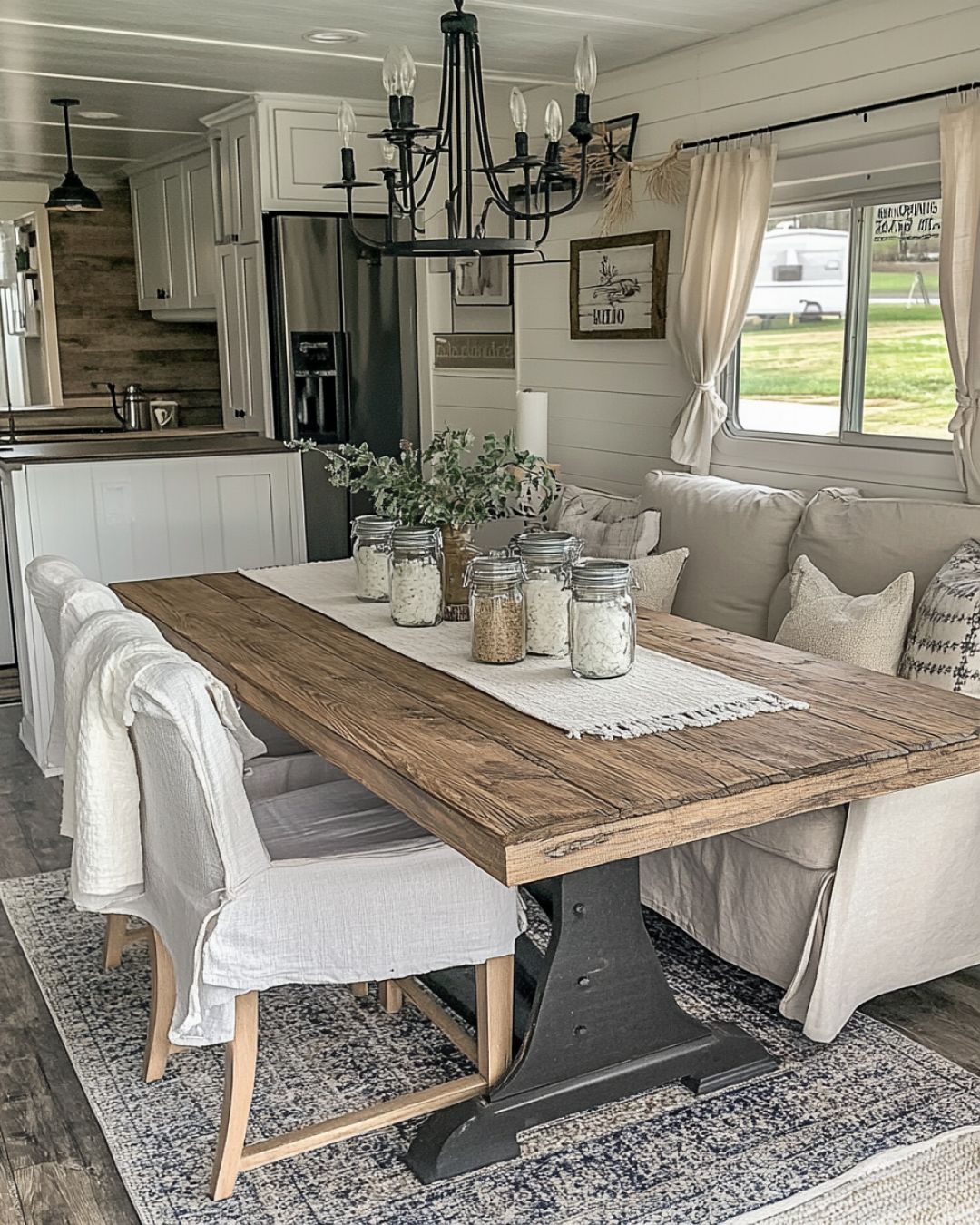The storm struck with little warning. One moment the sky was calm, the next it roared with a force that shook the ground. When the tornado tore through Maria’s small town, it left a trail of splintered wood and twisted metal in its wake. Her home, the place where she had raised her children and built her life, was gone in an instant. Standing in the wreckage, clutching nothing but the clothes on her back, Maria felt as if her entire world had been swept away.
For weeks after, she lived in disbelief. Neighbors shared what they could, the local shelter offered a cot, but Maria struggled to process the loss. The rooms where she had once cooked dinner, read bedtime stories, and celebrated birthdays had vanished. Even the smallest keepsakes—family photos, her grandmother’s quilt, the little vase her daughter had made in school—were gone. At night, she lay awake listening to the sounds of strangers breathing in the shelter, whispering to herself, I will not give up. I can’t.

Her turning point came when a relief organization reached out. A donor, touched by Maria’s resilience and spirit, had offered to fund a tiny home for her. When she first heard the words, Maria thought it was too much to hope for. After losing so much, could she really believe that something beautiful could rise from the ruins?
The day she arrived at the site, Maria’s heart pounded. There, nestled on the edge of a meadow, stood a tiny house shining warmly in the sun. Its cedar siding glowed golden, and a porch stretched across the front, complete with flower boxes brimming with bright blooms. For the first time since the tornado, she felt her chest loosen.
She turned the key and stepped inside. The sight made her gasp. The little home opened up in front of her like a palace. Wide windows flooded the space with light, illuminating soft cream walls and polished wooden floors. A loft bed rested above, layered with thick quilts, promising peaceful sleep at last. Below, a snug sofa sat near a wood-burning stove, its iron surface ready to ward off winter’s chill.

The kitchen was a revelation. A farmhouse sink stood beneath a window framing the meadow, polished counters gleamed, and shelves were neatly stacked with dishes. In the corner, a small dining nook with two chairs felt like an invitation to start again. Maria imagined herself sipping coffee there as the sun rose over the trees.
The bathroom, though compact, felt luxurious. Tiled walls sparkled under the light of a skylight, and for the first time in months, Maria thought of long showers and the simple comfort of privacy.
But what moved her most were the little touches. A woven rug softened the floor, a vase of wildflowers brightened the table, and on the counter sat a note: May this be the new beginning you deserve.
Maria sank onto the sofa, her hands trembling, tears running down her face. She had lost nearly everything in the storm, but here she was, standing in a place that promised safety, dignity, and peace.
In the weeks that followed, her life began to heal. She planted flowers on the porch, decorated the shelves with new photographs, and filled the home with laughter again when her children came to visit. Each morning, she woke not to chaos, but to sunlight and birdsong.
The tornado may have taken her house, but it did not take her courage. And now, in her tiny palace of wood and light, Maria discovered that sometimes from destruction can come the most extraordinary new beginning.


Leave a Reply